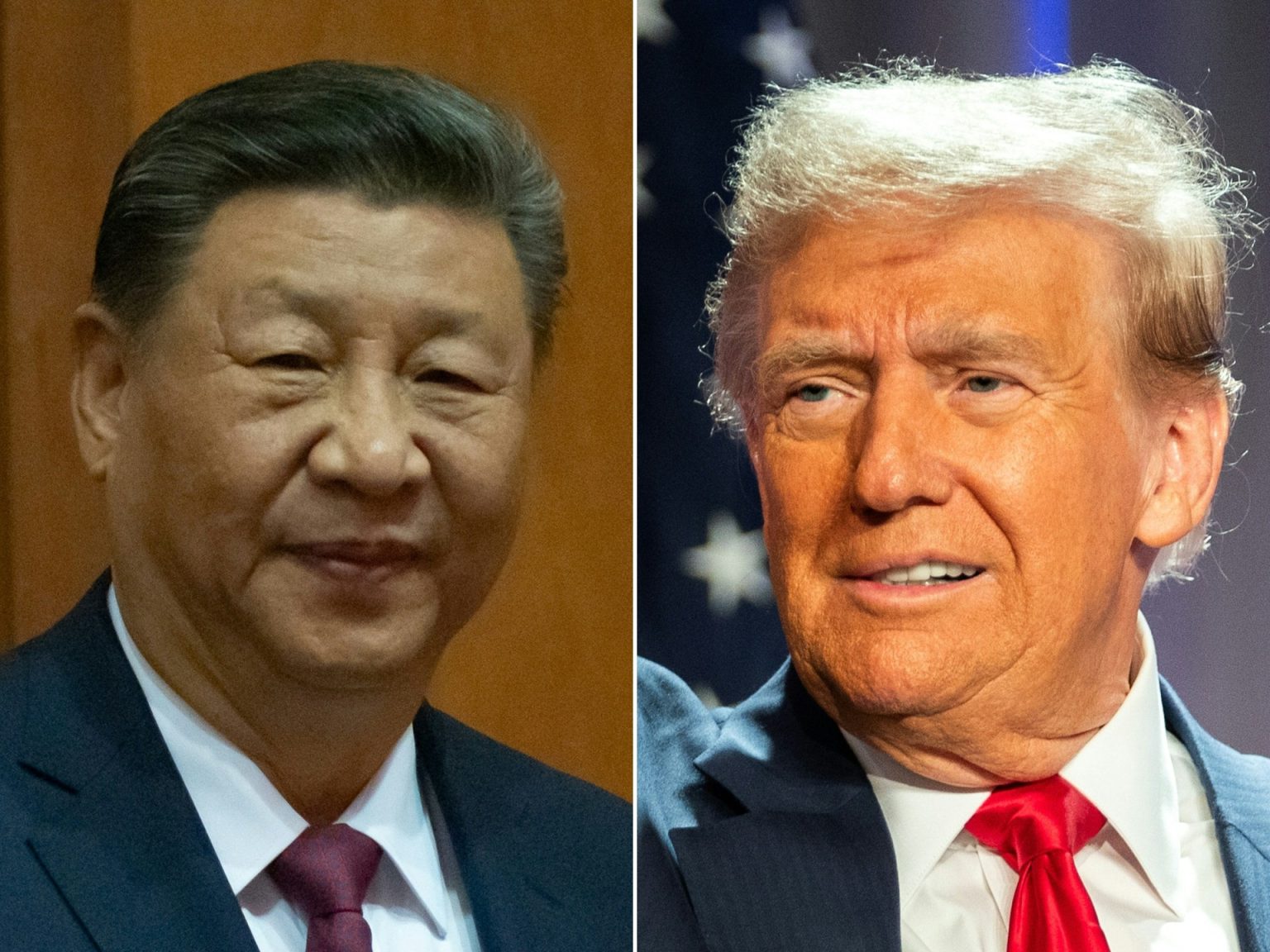China’s retaliatory tariffs against the United States, implemented in response to US tariffs on Chinese goods, mark a significant escalation in the ongoing trade tensions between the two economic giants. These tariffs, targeting key US exports like liquefied natural gas (LNG), coal, crude oil, and certain agricultural and automotive products, represent a calculated response aimed at pressuring the US while minimizing immediate damage to the Chinese economy. Beyond tariffs, China has also implemented export controls on rare earth minerals and metals crucial to US high-tech and green energy industries, a strategic move leveraging China’s dominance in these sectors. These actions are accompanied by investigations into US companies like Google and potential sanctions against others, signaling a broader effort to exert economic pressure. The timing of China’s response, delayed until after potential high-level discussions between President Xi Jinping and President Trump, suggests a willingness to explore diplomatic solutions while simultaneously preparing for a protracted trade conflict.
The parallels between China’s response and the earlier tariff disputes involving Canada and Mexico offer insights into the potential trajectory of this trade war. In both cases, initial retaliatory tariffs and strong rhetoric eventually led to negotiations and temporary resolutions. However, the underlying tensions remained, highlighting the inherent instability of using tariffs as a primary negotiating tool. While the temporary reprieves in the cases of Canada and Mexico provide a potential roadmap for de-escalation, the significantly more complex economic relationship between the US and China, coupled with deeper geopolitical rivalries, suggests a more challenging path to resolution. China’s strategic use of export controls on critical minerals adds a new dimension to the conflict, potentially disrupting US supply chains and impacting key industries.
China’s targeting of specific US sectors reveals a strategic approach aimed at maximizing impact while minimizing domestic repercussions. The relatively small percentage of total US imports affected by the tariffs suggests a calibrated response intended to apply pressure without severely disrupting China’s economy. The US is a relatively minor supplier of crude oil and coal to China, minimizing the direct impact of these tariffs. While LNG imports from the US have grown in recent years, China’s diversification of energy sources mitigates the disruption. This targeted approach contrasts with the broader tariff impositions seen during the previous trade war, indicating a more nuanced strategy informed by past experience.
The export controls on critical minerals, however, represent a more potent weapon in China’s arsenal. China’s near-monopoly on the production of minerals like tungsten, indium, tellurium, bismuth, and molybdenum, essential for a range of industries from electronics to defense, gives Beijing significant leverage over the US. These controls, while not outright bans, could significantly disrupt US supply chains and hamper the development of key sectors like high-tech and renewable energy. This strategic deployment of export restrictions highlights the interconnectedness of global supply chains and the potential for trade disputes to spill over into broader geopolitical and economic confrontations.
The potential fallout from China’s response is multifaceted and far-reaching. While the direct impact of the tariffs on specific US industries may be limited, the broader economic consequences, including potential disruptions to global supply chains, market volatility, and decreased investor confidence, could be significant. The export controls on critical minerals pose a more immediate threat to US industries reliant on these materials, potentially leading to production delays, increased costs, and a search for alternative suppliers. The long-term consequences will depend on the duration and intensity of the trade dispute, with the potential for escalating retaliatory measures further disrupting global trade and economic growth.
The current trade tensions between the US and China represent a complex interplay of economic and geopolitical factors. While tariffs remain the most visible weapon in this trade war, the strategic use of export controls and investigations into US companies signals a broader and potentially more impactful approach by China. The outcome of this conflict will have significant ramifications for the global economy, highlighting the interconnectedness of global trade and the importance of finding sustainable solutions to trade disputes. The potential for escalation remains a significant concern, underscoring the need for diplomatic engagement and a shift away from protectionist policies that threaten to undermine global economic stability.

